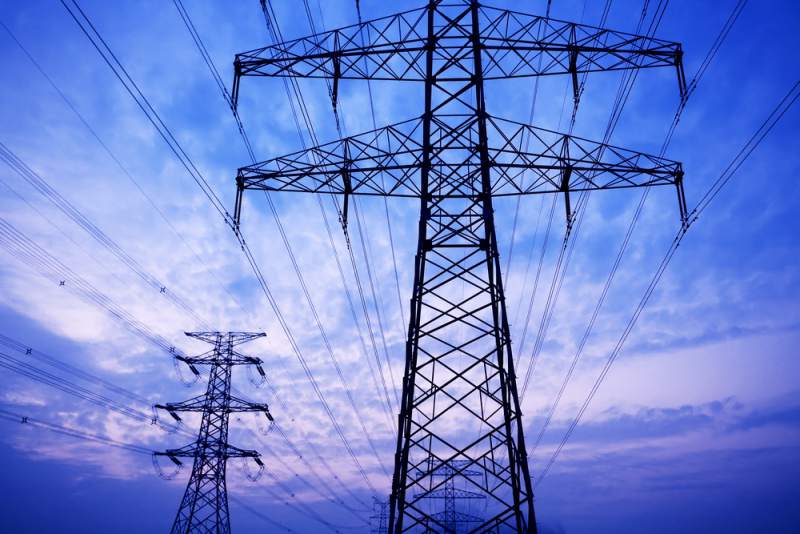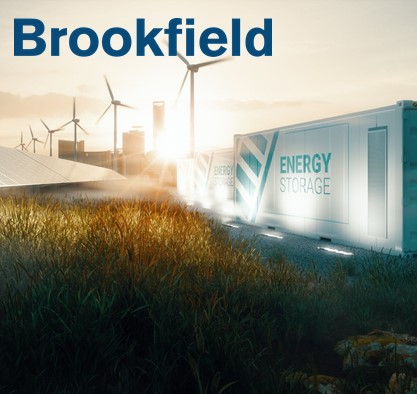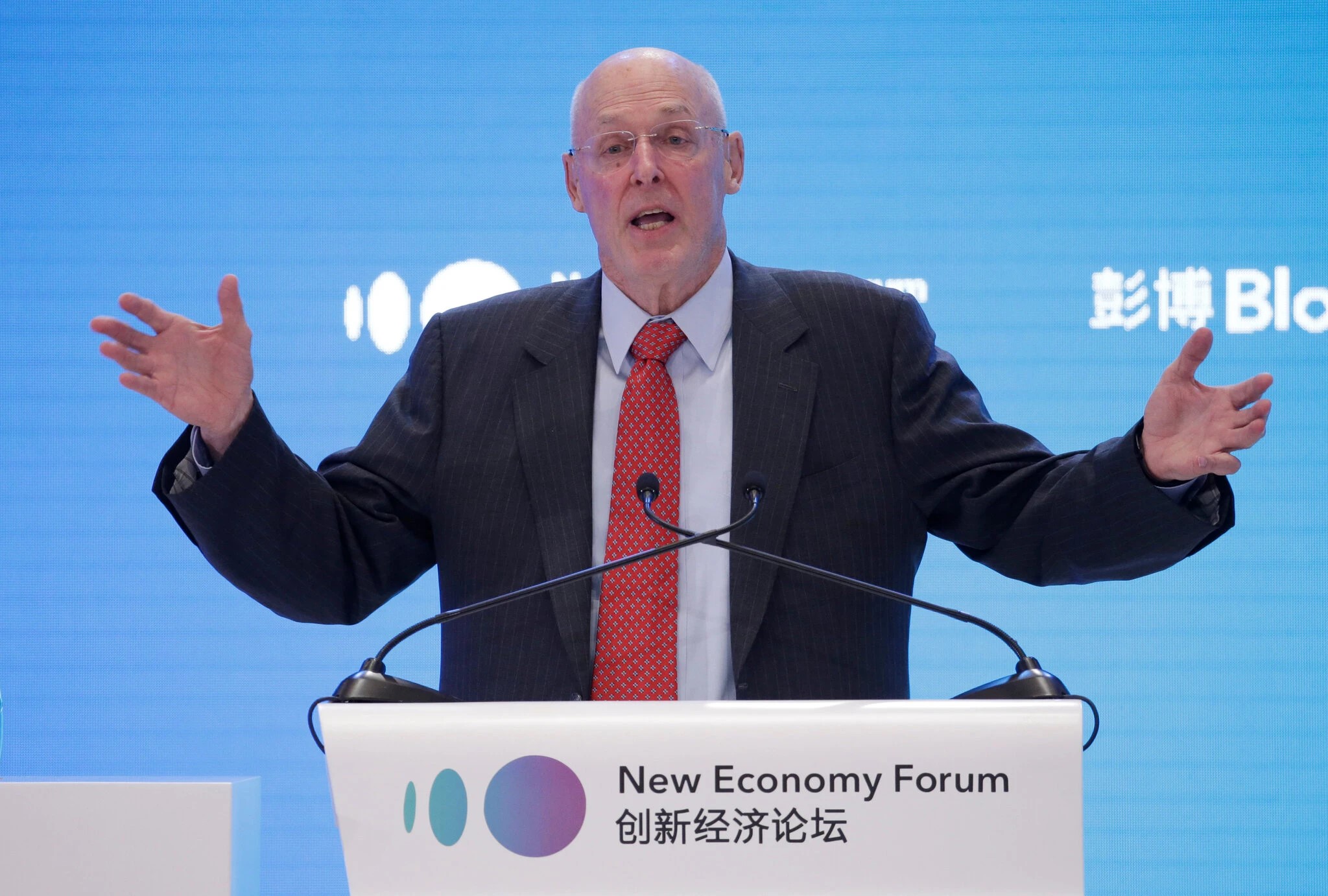Critics have voiced concern that the PG&E-computed increase will make it more difficult for clean power ventures, especially in new communities, to offer competitive pricing. The utility’s representatives on Tuesday disputed that assertion and maintained the increase is called for under state rules designed to ensure that applicable costs are divided fairly between customers of both PG&E and the clean power groups.
“The responsibility for the costs should be shared,” PG&E spokeswoman Nicole Liebelt said.
The increase in fees will mean an extra $5 to $10 a month next year for Sonoma Clean Power customers, CEO Geof Syphers said Tuesday.
PG&E estimated that a residential customer with a clean power provider will see about a 6 percent increase, or about $6, on a typical monthly bill of $96.50.
The proposed increase is slated to be considered Thursday in San Francisco by the state Public Utilities Commission.
Under a formula approved by the commission in 2012, PG&E allocates costs among all electric users who were its customers at the time the utility entered into long-term power contracts. The rationale is the state expects utilities to line up enough power to serve all customers, and any users who later switch to clean power providers remain liable for applicable costs.
About 450,000 county residents, or nearly 90 percent, now are receiving electricity through Sonoma Clean Power, whose base program is deemed 80 percent “carbon free.”
Those clean power customers currently pay about 9 percent less for electricity compared to those who stayed with PG&E, Syphers said. That difference is “likely to get very small” after the proposed cost increase, though clean power rates may dip next summer due to lower energy costs.
“We’re doing fine and our customers will be fine,” Syphers said, “but they won’t save as much.”
It may seem confusing, but today’s lower energy costs are the main reason for the increase in what is called the Power Charge Indifference Adjustment, essentially the exit fees for customers who leave the utility in order to join a community-based electricity provider.
The explanation for the increase is that due to past contracts signed when it had more customers, PG&E next year will buy relatively less power at the new, lower prices, said PG&E spokesman David Rubin. Thus, the higher costs from past contracts becomes part of the fee adjustment.
The annual exit fees for each Sonoma Clean Power customer are based only on those contracts signed before a customer switched from PG&E, and the fees will end once all such contracts expire.
As such, the expectation was that the fees would decrease over time, said Woody Hastings, the renewable energy implementation manager for the Center for Climate Protection in Santa Rosa.
“This is kind of a surprise, kind of a shock,” Hastings said of the proposed increase.
The fee hike comes at a time when a number of communities are hoping to start new clean power programs, known as Community Choice Aggregation. Hastings said PG&E’s request to boost the fees “seems like one more attempt to tamp it down.”
PG&E spokesman Rubin said the utility supports a proposed workshop next year in order to revisit the exit fee rules. But he emphasized that the current formula was developed by the state with the support of community clean energy groups.
And he called the suggestion that PG&E was trying to hinder the growth of the clean energy providers “just 100 percent false.”
“We are dutifully following state law,” Rubin said.




